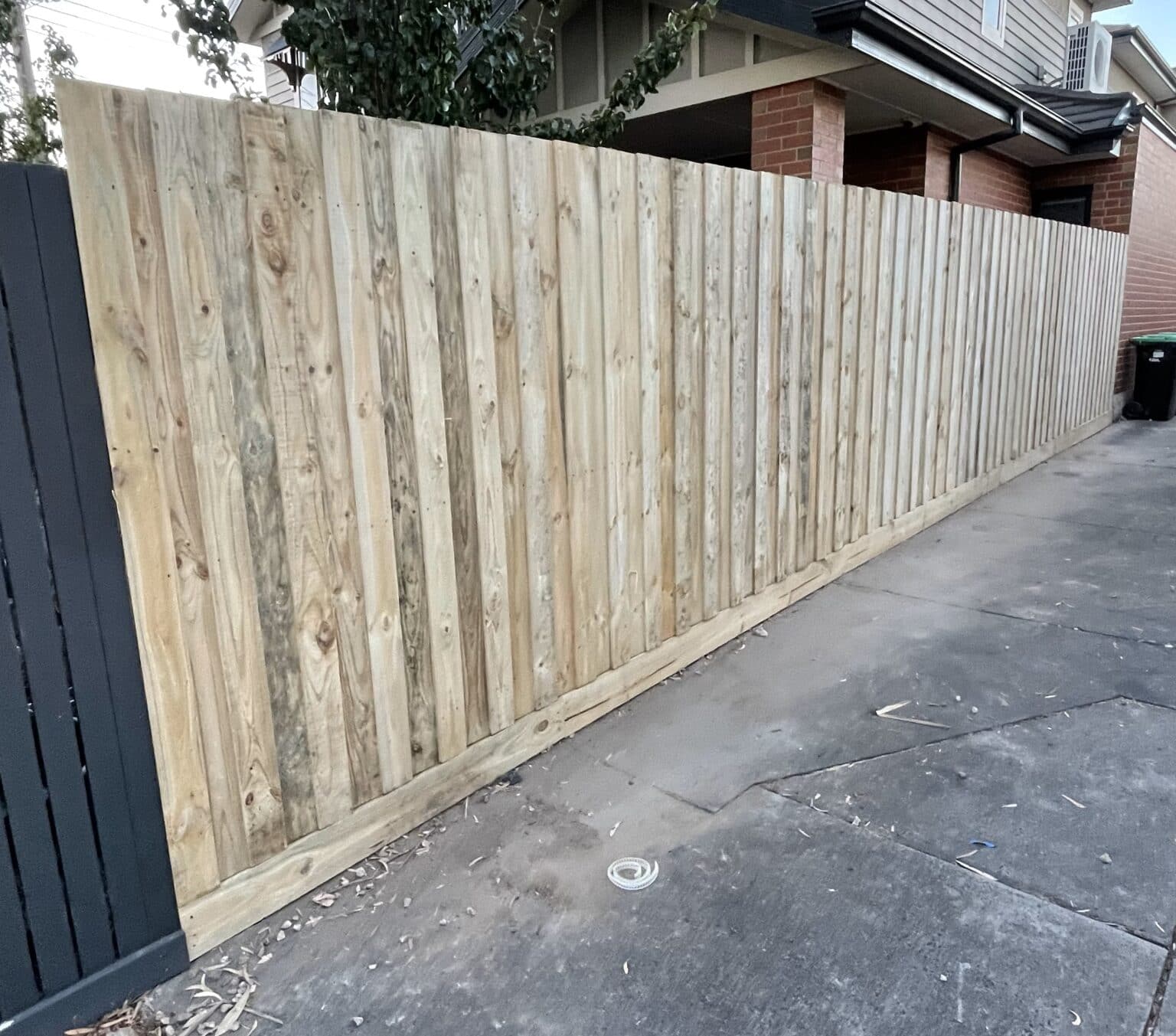Introduction
Installing a new fence is an investment that boosts both the visual and practical elements of your home. Whether you have actually chosen Timber Paling Fences, Colorbond Fences, or perhaps something more modern-day like Aluminium Slat Fences, maintaining it properly is crucial for durability and appearance. In this comprehensive guide, we'll delve into how to preserve your new fence with professional insights from top Fence Contractors Melbourne
How to Keep Your New Fence: Tips from Top Melbourne Contractors
Maintaining your brand-new fence is necessary, not just for its look but likewise for its structural stability. The best upkeep can avoid expensive repairs https://jsbin.com/cufuhamote down the line. Here's a detailed breakdown of effective methods on how to keep your fence in prime condition.
1. Comprehending Various Kinds Of Fencing
1.1 Lumber Fading Fences
Timber fences are a popular option due to their natural look and flexibility. However, they do require routine maintenance.
- Pros: Visual appeal, customizability. Cons: Prone to rot and pests if not maintained.
1.2 Colorbond Fences
Colorbond fencing is made from pre-painted steel, making it durable and low-maintenance.
- Pros: Long-lasting, simple to clean. Cons: Restricted design flexibility compared to timber.
1.3 Aluminium Blade Fences
These fences are light-weight yet tough, offering a modern look.
- Pros: Rust-resistant, contemporary design. Cons: Can be more expensive than other options.
1.4 Tubular Metal Fences
Ideal for security without compromising style.
- Pros: Strong and secure. Cons: Can need painting over time.
2. Regular Cleaning: A Fundamental Step
Cleaning your fence frequently helps remove dirt, mold, and mildew that can lead to deterioration.
2.1 How Often Ought To You Clean?
Aim for at least when a year; however, if you live in a location with heavy rains or humidity, consider cleaning bi-annually.
2.2 Advised Cleaning Methods
Use a pressure washer or a soft cloth with soapy water depending upon the product:
- For timber fences: Usage mild soap; avoid severe chemicals. For metal fences: An easy rinse usually is enough; look for rust spots.
3. Examining for Damage
Regular evaluations assist determine small problems before they escalate into substantial problems.
3.1 What Needs to You Look For?
Look for signs of wear such as:
- Rot in wood posts. Rust on metal panels. Loose screws or fittings.
4. Dealing With Wood Fences
Wooden fences require extra care due to their vulnerability to moisture and insects.

4.1 Preservatives and Treatments
Apply wood preservatives every number of years to safeguard versus rot and insect infestation.
Table: Recommended Wood Treatments
|Treatment Type|Frequency|Benefits|| ---------------------|------------------|-----------------------------------|| Oil-based Spots|Every 2 years|Water-resistant|| Sealants|Every 3 years|Secures against UV rays|| Bug Control Sprays|As needed|Prevents termite damage|
5. Fixing Minor Damages Promptly
Address small damages as quickly as possible to avoid bigger issues later on.
5.1 Typical Repair work Needed
Common repair work include:
- Replacing damaged boards on lumber fences. Touching up paint on metal fences.
6. Weather Condition Defense Strategies
Weather can considerably affect the longevity of your fence materials-- here's how you can alleviate damage:
6.1 Protecting Versus Sun Exposure
Consider using UV protectant sprays particularly created for fencing products to protect versus sun damage.
6.2 Disintegration Control with Retaining Walls
If your home has slopes, retaining walls can help avoid disintegration that may expose the base of your fence over time.
7. Fence Painting Techniques
Painting not just revitalizes the look however also includes a protective layer against weather elements.
7.1 Choosing the Right Paint Type
Select top quality exterior paint appropriate for your particular fence material:
- For wood: Use water-resistant paints. For metal: Choose rust-inhibiting formulations.
8. Considering Automatic Gates
If you're installing automatic gates together with your fencing system, proper upkeep is key!
8.1 Regular Look at Gate Functionality
Ensure that all moving parts are lubed routinely and inspect electrical connections if applicable-- this avoids malfunction when you require it most!
FAQs
Q1: How often need to I examine my fence?
A: It's a good idea to examine your fence at least two times a year or after severe weather events.
Q2: What's the very best way to clean my Colorbond fence?
A: A gentle wash with soapy water followed by washing with clean water works wonders!
Q3: Do I require authorizations for significant repairs?
A: Yes, it's best practice to check local policies relating to any substantial changes to fencing structures.
Q4: Are there any pests that typically affect wooden fences?
A: Yes! Termites and carpenter ants are well-known for damaging wood structures-- routine treatments can help alleviate this risk!
Q5: Can I utilize bleach on my wood fence?
A: Avoid bleach as it can strip away natural oils in the wood-- stick with mild soap options instead!
Q6: How do I know when it's time to replace my fence?
A: If more than 30% of your fence shows signs of damage (rot, rust), it's likely time for replacement instead of repair.

Conclusion
Maintaining your new fence does not need to be daunting! With routine attention and care customized specifically for your kind of fencing-- whether it's installed by leading Fence Specialists Melbourne or DIY-- you can guarantee it remains an attractive property while serving its purpose efficiently over several years to come!
In summary, whether you're dealing with Timber Paling Fences, Colorbond, or even Glass Fences, following these tips from top Melbourne contractors will set you up for success in keeping your investment looking great and operating well! Do not hesitate-- start taking care of that stunning new structure today!